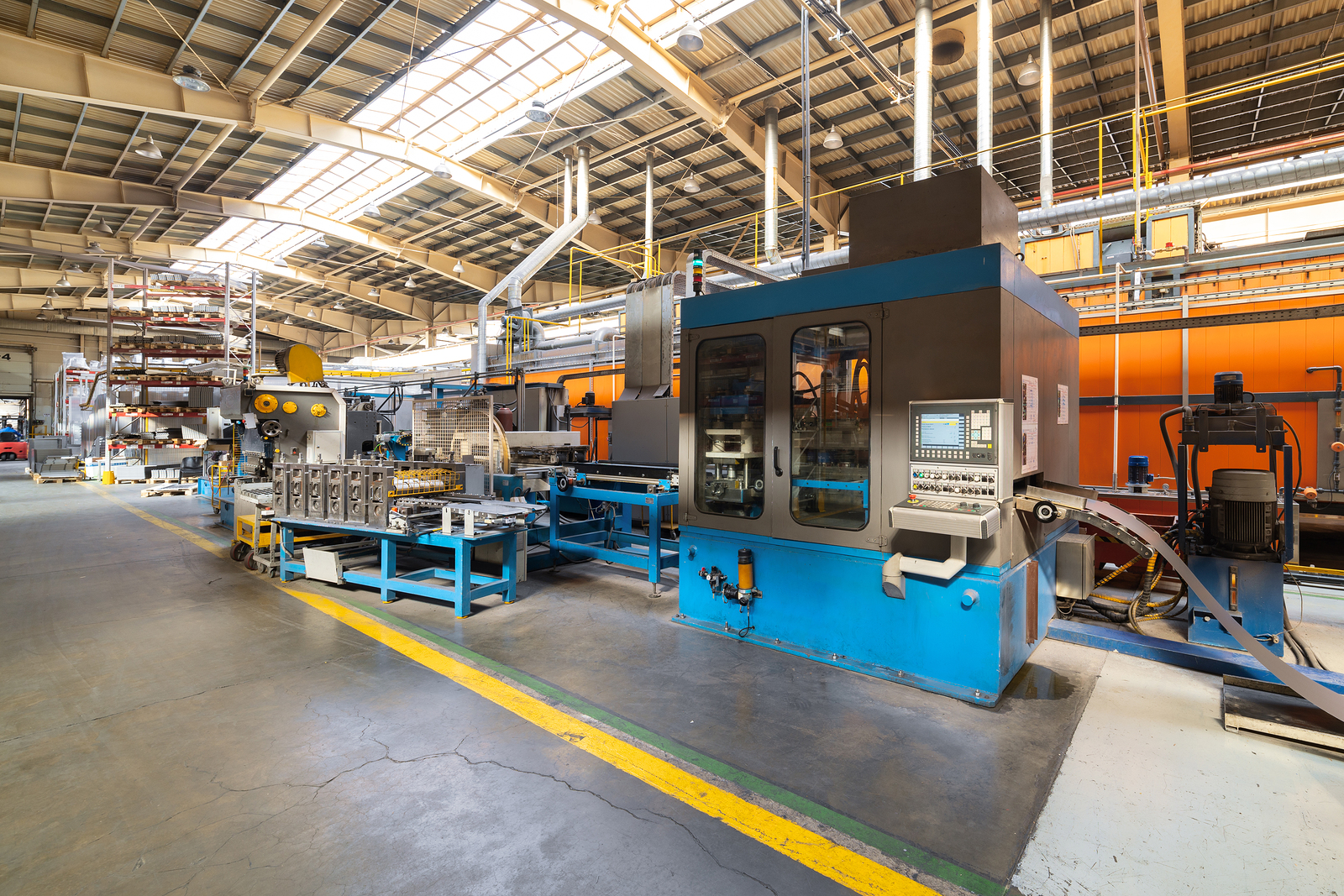It’s no secret that manufacturing has an image problem that is preventing younger generations from not only pursuing, but even considering a career in manufacturing. At times, it can be an uphill battle to get the current generation to see the opportunities available to them. With Father’s Day right around the corner, I thought now would be a perfect time to address some of these myths and misconceptions and shine some light on manufacturing truths.
Watch our webinar Myths & Misconceptions in Manufacturing to learn more!
Jobs in Manufacturing are unsafe
Safety ratings for careers in this industry improved throughout the last century and that focus and improvement will continue throughout the next for several reasons:
- Unsafe factories are unprofitable factories and profit drives improvement.
- OSHA, MSHA, and other regulatory bodies. There is a greater focus, and enforcement, placed on safety in the workplace than ever before and it shows.
- Robots aren’t going to take your jobs but they are already taking the dangerous ones.
Jobs in Manufacturing are dirty
Dirty Jobs is a TV show, not the reality of American production facilities.
- The focus on safety from within the industry and governmental bodies naturally leads to a cleaner workplace. Clean factories are safe factories.
- Modern production methods and materials often require clean room type environments by necessity.
- The realities of modern hiring often require a clean environment to show. Everyone has to keep up with the Jones in the fight for new talent – even manufacturers.
Jobs in Manufacturing are low-skill, low-paying, and boring
Hello, have you heard of the Skills Gap? Its very existence refutes the unskilled point.
- High skill equals high pay. This sector is seeing growth in demand AND wages and we have the skills gap to thank for that.
- There is no industry where you are more likely to receive on the job training or continuing education opportunities from your employer than this one. Workforce reinvestment is a continuous driver of both wage and skill growth.
- Remember robots? Their presence in the industry may be making our jobs safer and physically easier, but they are doing that primarily by replacing the LOW skilled jobs. This means, the positions requiring higher skill sets make up a disproportionately higher percentage of all sector jobs than they did in previous generations where automation was less prevalent.
Jobs in Manufacturing are unfriendly to female and minority employees
To put it plainly, manufacturing is still an industry dominated in America by white males, but that is changing.
- 29 percent of women in 2017 (compared to 12 percent in 2015) think the school system actively/somewhat encourages female students to pursue a career in the manufacturing industry.
- 42 percent of women in 2017 (compared to 24 percent in 2015) are now ready to encourage their daughter or female family member to pursue a career in their industry.
- More than half of women (58 percent) have observed some positive changes in their industry’s attitude towards female professional employees, over the last five years.
- Minority representation in the workforce has doubled since 1980 (from 18% to almost 40%) and Hispanic/Latino representation specifically has nearly tripled during that same time period.
Robots are going to take all the jobs
Robots will not take away all positions in manufacturing, but the ever-increasing prevalence of automation, IoT, predictive analytics, additive manufacturing, virtual/augmented/mixed reality, will change them consistently and continuously throughout your career by making those jobs
- Safer
- More Productive
- More Interesting
- Higher Paying
To learn more about the impact technology will have on manufacturing, check out our webinar Manufacturing in the future: the changes yet to come.
Josh Erickson, ReTool & Technical Solutions Associate








